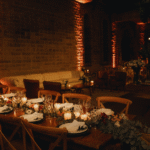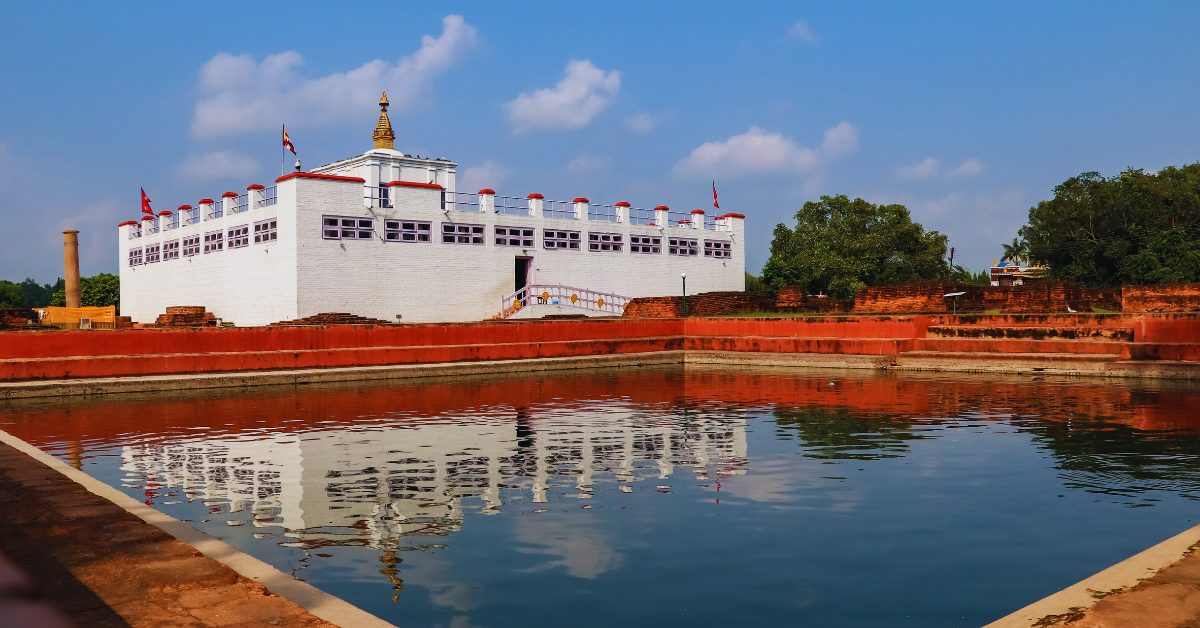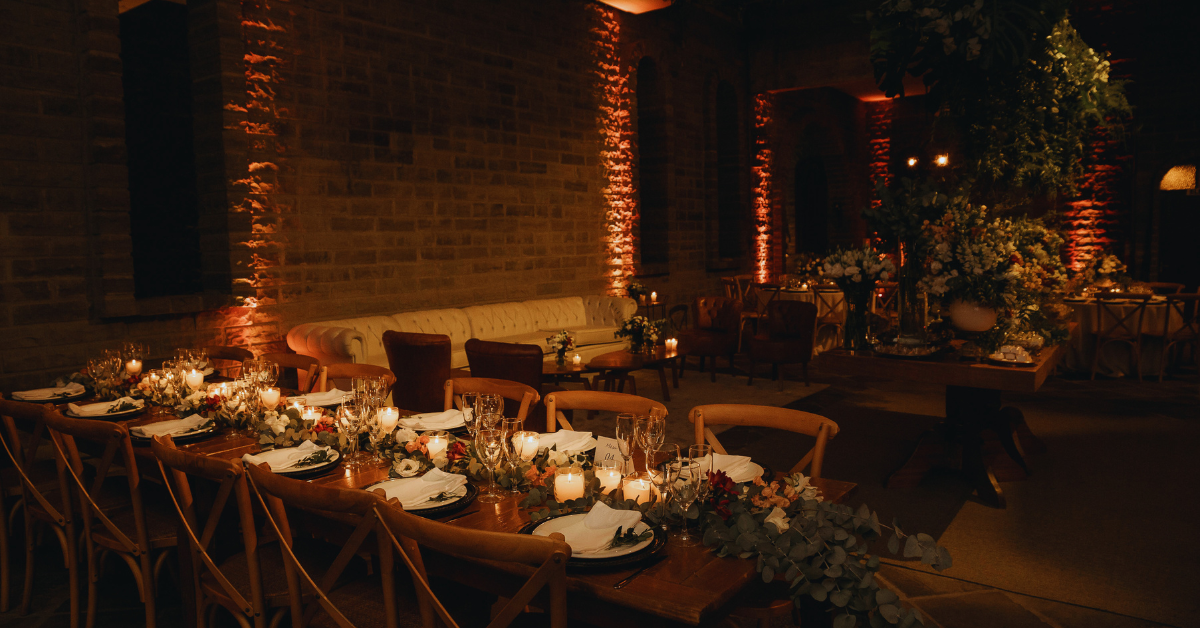There are technicians building sets, laying cables, painting scenery, stitching together costume bits, rigging lights — in short, working under desperate time constraints.
Backstage staff not only set up everything prior to the show but also maintain everything working through the runs. Rapid changes in costumes, sound effects, lighting cues, and scenery all rely on seamless coordination. Anything that goes wrong backstage will alter the entire show on stage.
Pre-Production: The Planning Phase
Long before a crowd even gets to catch a glimpse of a poster or even receive an impression of the play in a preview teaser, pre-production teams are working around the clock. This is planning and preparation time that lays the foundation for everything else.
Scenic Construction: Contractor laborers and carpenters turn the designer’s drawings into a real environment that will safely accommodate actors and be reused dozens of times.
Scenic Painting: Actors paint illusionary skylines, landscapes, or walls into bare flats and wood.
Props Team: From prop food to old trunks, the props crew finds or makes each item an actor will touch.
Electrics Prep: Lighting technicians select and hang lights according to the designer’s plot to enable each scene to be set with its intended mood.
Costume Preparation: Designers and seamstresses sew or buy the costumes according to the director’s imagination and type of character.
Sound Crew: Sound engineers tape or find sound effects and insert music cues in advance to be used in the play.
All detail — door creaking noise to colour of paint — is planned out in detail weeks before the first rehearsal.
Technical Rehearsals and Run Crews
With opening night looming, technical elements of the play enter into the equation. This is when “tech week” begins — a week of hard working rehearsing where light, sound, set, and costume are run and integrated with the actors’ performance.
Run crews are also brought in at this point. Their responsibilities are:
Light Board Operator: Cues lighting at the stage manager’s command.
Sound Board Operator: Rolls sound effects and music at cue points.
Fly Crew: Swings backdrops and curtains using counterweight systems.
Props Crew: Puts on and takes off props during scene changes.
Costume Run Crew: Helps actors in a rapid change and maintains the costumes in fine condition.
Wardrobe Crew: Dresses, irons, and mends costumes between performances to keep them in shape.
They all know what is their individual job and when they have to do it. They all contribute their part to make the performance run smoothly for the audience’s eyes.
The Role of Stage Manager
Although the director is the visionary, the stage manager is the ship’s captain. He or she leads the technical and creative crews, cues the evening of the performance, and maintains every detail the same evening after evening. After the opening of the show, the stage manager is the guardian of the production, keeping it together to look and feel the same to each and every audience.
Event Production Parallels
Live theater is much like the staging of mass events — product launches, concerts, etc. Both make use of:
Technical Meetings & Briefings: Staff take care to get everyone on the same page regarding vision, equipment, set-up, and safety.
Setup and Load-In: Crews arrive early to rig lighting, sound equipment, and staging.
Showtime Operations: Stagehands, staff, video, sound staff all coordinate to create a seamless audience experience.
Teardown (Load-Out): Team breaks down all of it after the show, late in the night.
Care to detail, rapid problem-solving, and teamwork that go into a play also go into live shows.
Key Equipment Backstage
A show does not rely on human beings only, but gear too. Some of the more significant gear are:
Stage and Set Pieces: Plinths, backdrops, and props that outline the performance stage.
Lighting Systems: Spotlights, effects, and rigging that create mood and visibility.
Audio Systems: Microphones, speakers, and mixers that blend and juggle voice and music.
Costumes and Accessories: Clothing and equipment pieces that characterise each character.
LED Screens or Projections (for modern productions): To bring about engrossing visuals and special effects.
Without which a performance would readily lose its magic.
The Magic of Teamwork
Theater has been referred to as a “collaborative art.” There is no area where that is more true than in the area behind the stage. Designers make drawings, carpenters hammer nails, stage managers cue actors, or wardrobe technicians repair zippers, all coalescing as a team to make the production.
The fans will only get to watch the final show, but the production crew behind the scenes all too well realize that it takes hundreds of hours of work and months of planning to achieve that “two-hour illusion.”
Last Word: Show Some Respect to the Crew Backstage
The next time you go out to see a play or musical, take a moment to think about what is happening just off the very edge of the stage’s line of sight. For every actor you see, there are dozens of crew you do not. It is what they do that provides the illusion.
Theatrical event management is stressful, hard work, and demanding — but it’s the greatest job in the world. Because when the curtains come down and they applaud, backstage knows that they won, that they succeeded.






